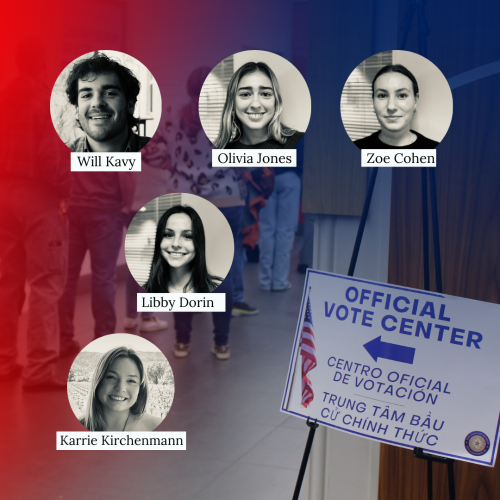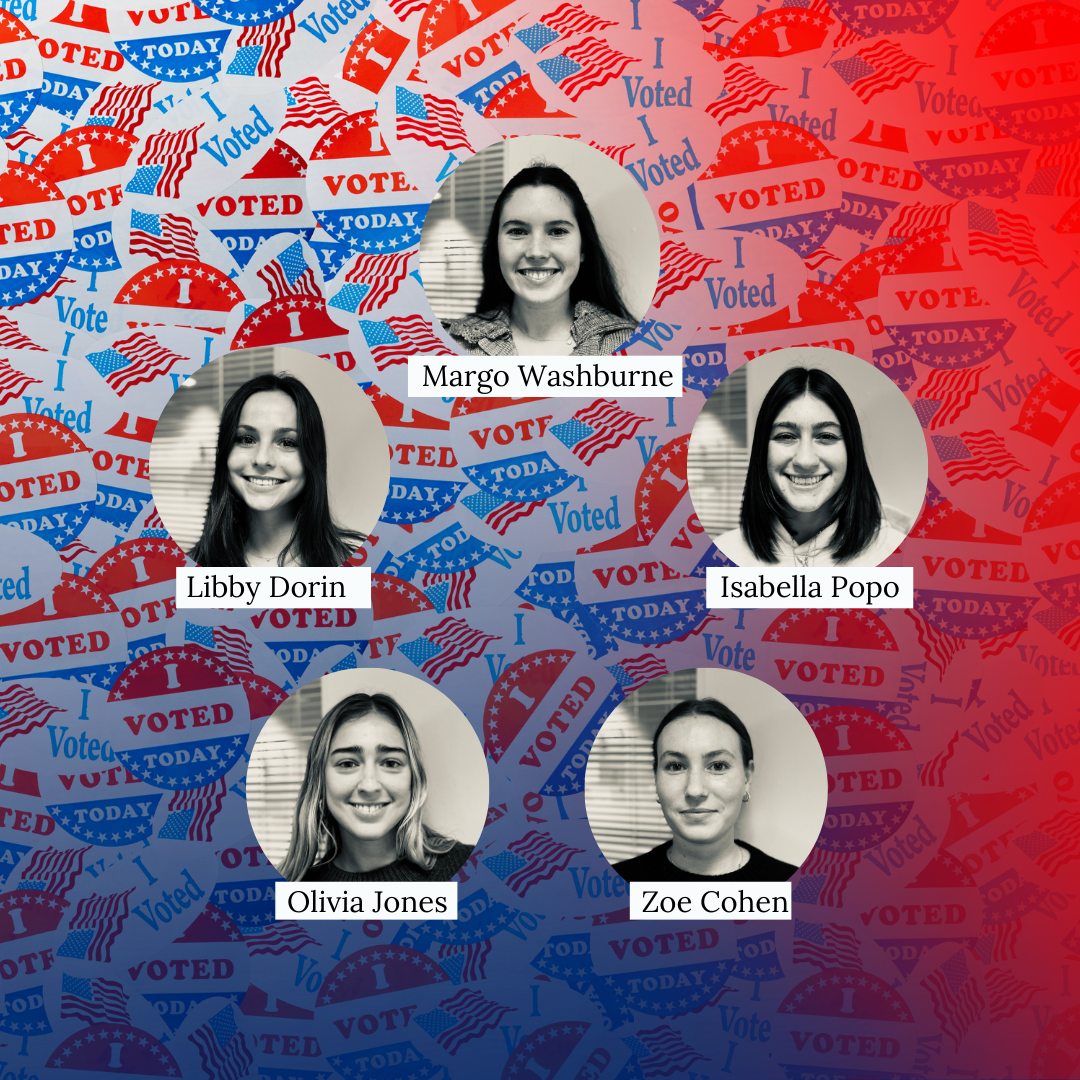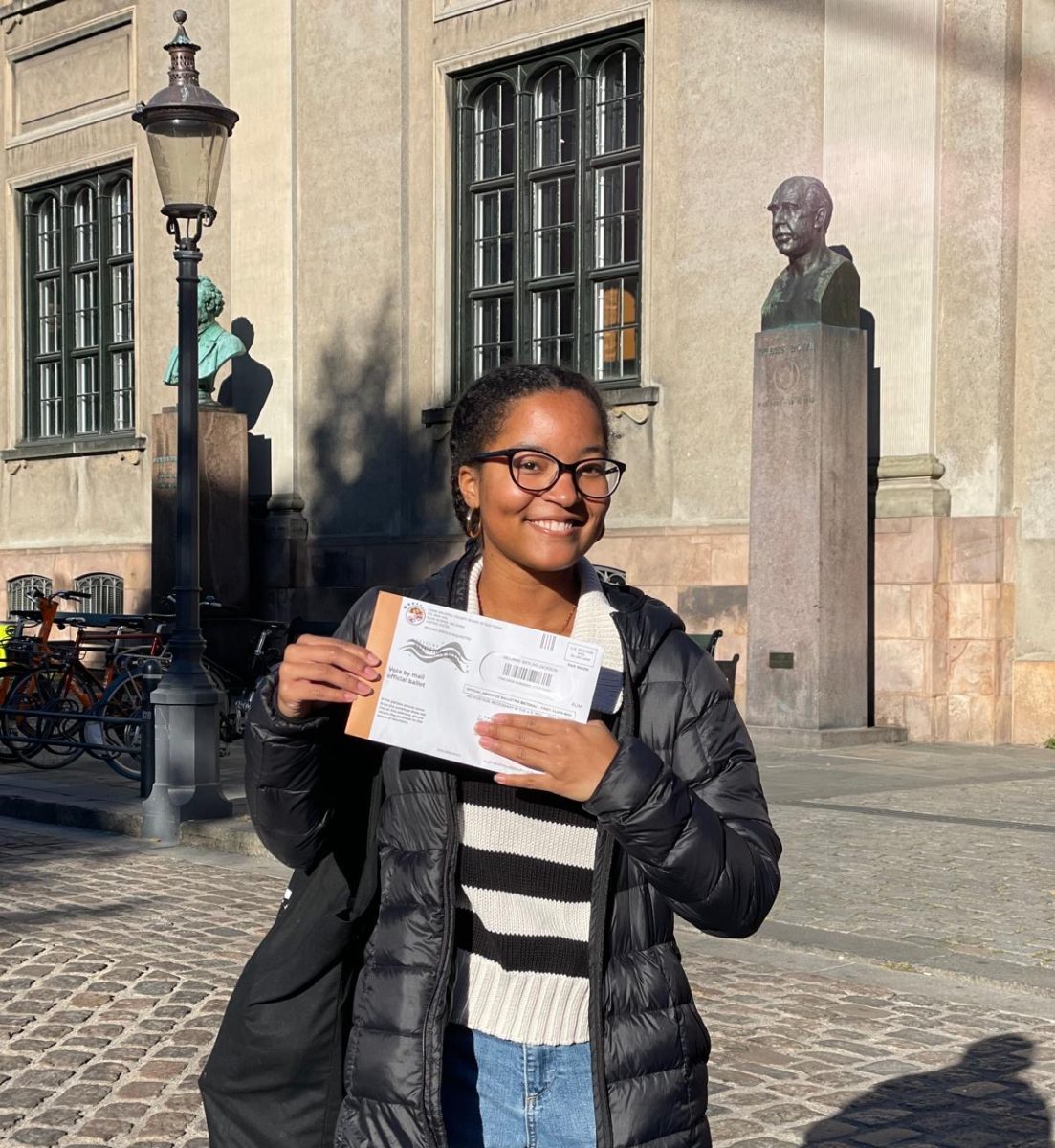As a biracial woman myself, I find it essential that society become better informed of the life-altering consequences that biracial individuals are forced to deal with.
While the media’s perceptions of identity shift, young women of mixed racial backgrounds are quickly becoming much less of the minority in society. America is in the midst of a demographic shift driven by a change in social views, immigration, and intermarriage. For some time in history, the question of “What Are You?” was much less complicated than it is today. Biracial women struggle with the idea of truly belonging to either race.
According to data collected by the Census in 2008 and 2009, those categorized as “mixed race” are steadily becoming one of the fastest growing demographic groups. In 2010, it has been recorded that 2.9 percent of Americans consider themselves as being two or more races. There has been a 32 percent increase in those in this category since 2000.
What is the significance of these statistics? The growing trend of biracial women feed into the growing trend of a number of other things: including the way the media defines beauty, politics, and religion.
Dr. Angela Gillem and Dr. Cathy Thompson’s Biracial Women in Therapy: Between the Rock of Gender and the Hard Place of Race, examines how physical appearance, cultural knowledge, and cultural stereotypes affect the experience of mixed-race women in belonging to, and being accepted within, their cultures.
The authors implies that people (women) who don’t fit into a defined racial category threaten the psychological and sociological foundations of the “we” and “they” mentality that determines so much of an individual’s social, economic, and political experience in the United States.
As a result of America’s limited and irrational definitions of race, biracial individuals have not been able to claim all aspects of their identity.
Most children that are born to a parent of color and one white parent will generally be identified with the parent of color. Researchers often conjectured that biracial children are at risk for developing a variety of problems including racial and cultural identification issues, low self-esteem, and difficulties dealing with cultural demands.
On the other hand, recent research suggests that biracial individuals have the possibility of attaining a healthy identity. So the question is: How do we break this divide? How do we as a society, become more comfortable with a world that is no longer black and white?
As far as physical beauty is concerned, the media is becoming further accepting of biracial women in the spotlight. Some may argue that famous faces such as Halle Berry, Leona Lewis, Tyra Banks, Kim Kardashian and Jenna Dewan have recently been receiving more attention in the industry because of their mixed race. Rather than being the “odd ones” they are the “unique ones.”
Women of two or more races have gotten attention for their looks for decades now but only recently has the media begun to take them out of a negative spotlight and into a positive one.
Now is a time where success is achievable by all regardless of color, class, heritage, gender and sexual orientation. Better yet, now is a time where the leader of our country is a person of mixed race. This is a milestone to say the least, yet the biracial population still struggles to identify.
Victoria Ahmadi is a junior journalism major. She can be reached for comments or questions at vahmadi@smu.edu.








